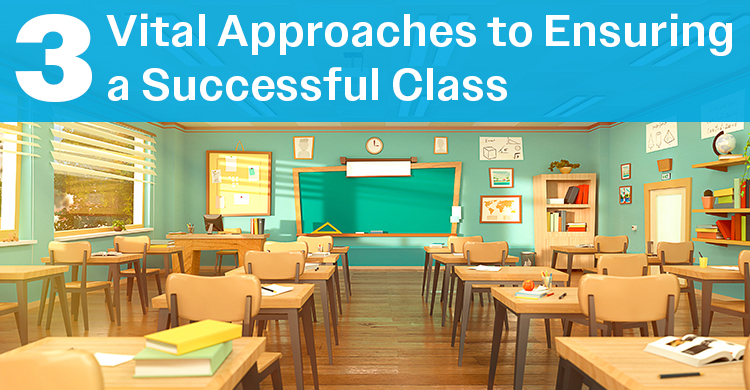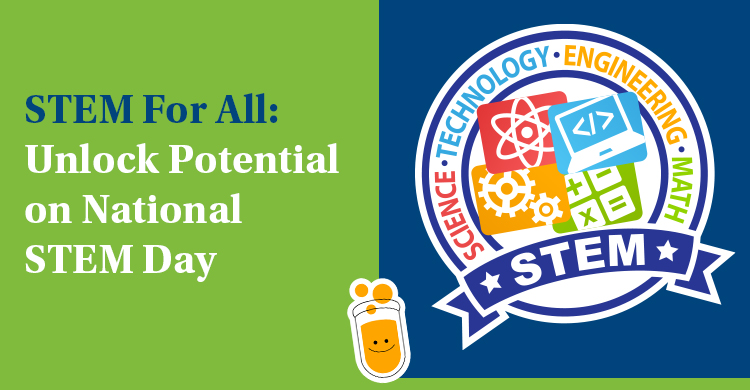How to reframe academic and behavioral challenges
As I travel and interact with colleagues at various professional learning opportunities, I often hear them state that issues related to student misbehavior are the most stressful part of their professional lives. I get many requests for advice and/or assistance related to behavior management because teachers feel unprepared to manage misbehavior effectively.
Dealing with problem behavior is vexing, in part, because of our approach to the challenge. Too often, it’s assumed that misbehavior is a “won’t do” problem. Academic struggles, in contrast, are often viewed as a “can’t do” problem. How educators approach each of these further exacerbates the challenge. Academic struggles are handled with remediation and reteaching opportunities, while problem behaviors are managed with consequences.
What would it look like if, every time a student experienced a struggle (academic or behavior), we began with the premise that it was a “can’t do” or skill deficit problem? Would it change our approach? In our book Uniting Academic and Behavior Interventions, colleagues Mike Mattos, Austin Buffum, Chris Weber and I suggest that both the approach and the outcome would be different:
Likewise, if our job as educators is to raise healthy, productive, successful adults, our students will not need either the academic skills or the behaviors and dispositions needed to succeed as an adult, but both the skill and the will. We believe that consistent and positive behavioral expectations and environments will lead to improved learning, and we believe that more engaging instruction will lead to improved behavior. Instead of creating processes and pyramids that separately address behavior and academics, we will consistently and avidly make the claim that they are interconnected and mutually reinforcing and thus must be viewed and implemented as a singular process.
3 reliable strategies for engaging and managing the classroom
In response to requests for new ideas, I make it very clear there is no one way that has universal results, no “magic bullet” to remediate all misbehavior. Those in pursuit of that outcome are looking for the spray-and-pray formula, where one application is all that is needed—provided every other variable is controlled, and schools don’t receive any new students or any unique challenges, and crossing your fingers actually works!
The good news is that there are some strategies that may work for most students, and they are simple and cost-effective.
Here are three:
- Modeling what we teach impacts all students and sends the message that we are doing the right things for the right reasons—reasons that exist beyond the school.
- Learning every student’s name builds connections and allows for direct communication when giving positive reinforcement or when correction needs to occur.
- Treating your most challenging student the way you treat your most successful student builds a positive culture. This is built from a foundation of common expectations and does not imply ignoring off-task behavior. Instead, it is agreeing that respect, for example, is one of our common expectations and that we will process all issues (even misbehavior) respectfully.

Whether you succeed or fail, all strategies provide valuable insight
Please note that I indicated these strategies may work. There are no guarantees, which adds to the challenges.
Here’s the good news: most of what teachers do in their instructional design and delivery works for most of the kids they are teaching.
We’ll call that Plan A. Plan A is your best attempt to develop the skills you and your colleagues believe are necessary to become successful adults, whether those skills are behavioral or academic. But every educator knows they have some students who might need Plan B or C. In fact, we have some students whose needs are so stark that they might need Plan R, S or T. Thank goodness there are 25 more letters beyond A for us to consider.
Every student has the potential to be the best
Our belief must be that every student is a success story waiting to be told.
In the 13-year (kindergarten to grade 12) experience we call school, they will be exposed to the most talented adults they will ever encounter. We have to believe we can impact every one of them.
One of our touchstones in education should be the constant reminder that we are, first and foremost, learning environments. If we are simply looking for compliance, then it’s merely a question of determining what “scares the student the most,” we’ll need to prepare for the consequences that come with that (resentment, apathy, and retribution, to name a few).
If we believe instead that learning can occur from failure; that “can’t do” often is cloaked by “won’t do;” and that all students have potential, we need to rethink the struggles that occur when students exhibit off-task behavior.
Rather than focusing on what we must do to students, let’s shift to what we need to do to work with students. Why? Because we need them all, every single one of them, to make a healthy, successful transition to their adult lives and to make valuable, viable contributions to the communities they live in.
Want to expand your thinking on the best ways to manage, handle, and inspire better student behavior? Here are some additional, handpicked resources on behavioral interventions and nurturing social-emotional and life skills.







